Community Rallies Around Local Meteorologist Through Hurricanes And Cancer Battle
By Kerri Cooke
Once there was a boy who grew up in Kosciusko, Miss., — a small town rich in Native American history, instrumental in the war of 1812 and named after a general who served in the American Revolution. The boy who lived in this tiny town was fascinated by the weather — the cogs in his mind turning when the rain fell on the nearby cotton fields or when a wind storm whipped up from the Gulf of Mexico. This boy would later obtain a degree in meteorology at Mississippi State University.
In 2011, a grown-up Ben Terry was introduced to Southwest Louisiana as the local morning meteorologist at KPLC. And in 2020, he would become not only a local sensation for his coverage of Hurricane Laura, but also a symbol of the resilience of a community battered to shreds.
Ben Terry — Meteorologist
When I invited Terry to make himself comfortable for our interview, he seemed quite as ease, leaning back against the couch and sprawling each arm over pillows on both sides of him. Buffered by cushions, he told me how he had just been to the post office about some confusion over a package addressed to his P.O. box. It turns out the package was misaddressed and wasn’t for him at all. But it very well could have been, for he’s receiving all kinds of cards and memorabilia these days.
I began by asking Terry about his soaring popularity and when it began. He said his fan base had been growing steadily as people had gotten used to him. He has been the morning meteorologist for KPLC for over a decade now. But it was a pivotal moment in 2020 after Hurricane Laura that sent the community wild.
‘Change The Channel Then’
Terry said that he had initially planned to spend the night at the KPLC studio the night Laura was to hit. But as the picture for SWLA began to look more and more dire, he and other employees were shuffled into cars to evacuate to a sister station, WAFB, in Baton Rouge. It was a wise move, as KPLC’s broadcasting tower ended up crashing through the studio during the unprecedented Category 4 hurricane.
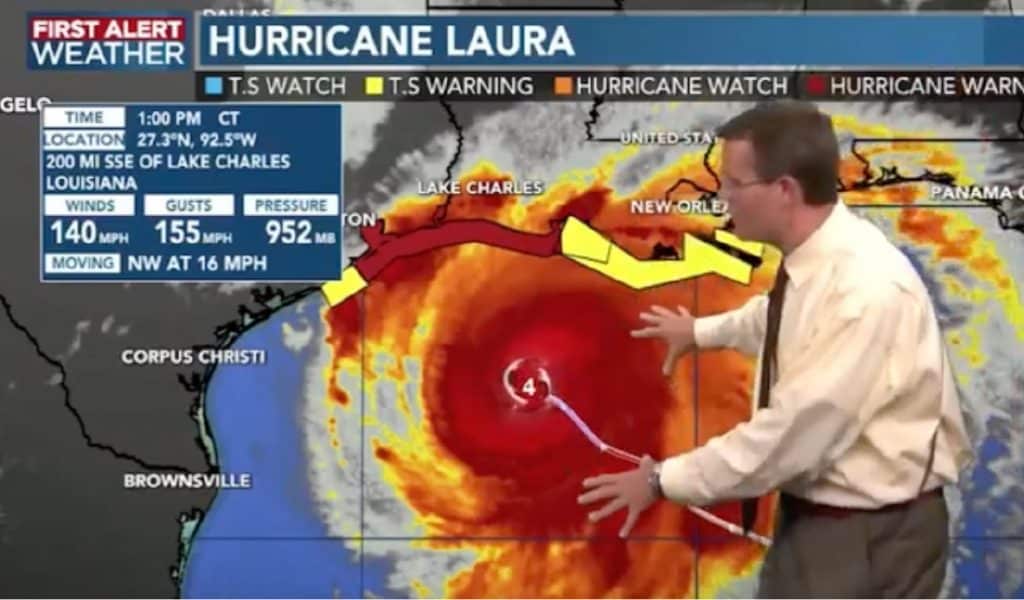
KPLC livestreamed information during the days leading up to and during Hurricane Laura. Terry said he had to say “things I didn’t want to say and hope I never have to say again,” such as “take a picture of your house. It might not be there tomorrow.”
The process of tracking the hurricane was “painstaking,” Terry said, as the storm maintained momentum through the whole five parish area, not dissipating into a tropical storm until it reached the border of Louisiana and Arkansas.
As a vital source of information, everyone at KPLC was trying to find out how bad things were in SWLA after the hurricane roared through. Terry said he texted his neighbor, “How’s my neighborhood holding up? How’s my house?” His neighbor told him, “It’s not good” and sent a photo of Terry’s house. It was destroyed, along with the house next to it. They were the “only two homes on the street that were totally destroyed,” Terry said. He believes the localized destruction must’ve been due to tornadic activity.
As KPLC was the only place to receive information for evacuees and those who rode out Hurricane Laura, the station sent reporters back and forth between Baton Rouge and SWLA every day as the area remained without electricity, internet connectivity and broadcasting ability for weeks. Even as a meteorologist, Terry said, “I didn’t expect to come back to this amount of damage. It made me wonder if [Lake Charles] was going to come back ever.”
Now, to that famous day after Hurricane Laura. A Facebook user had posted on Terry’s KPLC Facebook page before Hurricane Laura, accusing him of blowing the hurricane situation out of proportion. They said, “I don’t recall news casting [sic] allowing the use of absolute language and opinions before. I believe it is very unprofessional and promotes fear and panic.” Terry saw the post after the hurricane, and simply replied, “Change the channel then.” It was the phrase that launched a thousand memes.
Suddenly Terry, and his now signature phrase, was being shared and shared again on Facebook feeds. It became the biggest inside joke of a community exhausted and wearied by the devastation Laura had wrought. Once the memes began to go viral, Terry said his first thought was what his boss was going to think about him telling people to “change the channel.”
Terry emphasized what he said was meant to be a lighthearted joke and “some people thought I was dead serious.” He believes the phrase went viral because he said what everyone else was thinking. It also, Terry said, gave people “something to laugh about” during a time when laughter was sorely needed and hard to come by. “Change the channel then” was seen as clapback, similar, in my mind, to Maya’s Angelou’s poem “Still I Rise.”
Soon the decision was made to use Terry’s signature phrase to help Big Brothers Big Sisters of SWLA, a nonprofit organization that was hit hard by COVID-19, much like many such organizations. Chad Moreno had some t-shirts printed, and they raised $3,000 for BBBS. Some coffee mugs were also made. And morning news anchor at KPLC at the time, Olivia Vidal, ordered a saint candle out of New Orleans, with Terry’s likeness on it. Terry noted that he didn’t know about the candle beforehand and it wasn’t part of the fundraising effort.
“Change the channel then” even made its way into local Halloween displays. And in DeRidder, Ashley Craddock created a stumpkin ( a stump painted to look like Terry) and decorated it with a black wig, sunglasses, red tie and a remote control. Terry’s celebrity has not diminished, as some children chose to cosplay as him for Halloween this year.
After almost a month of broadcasting from Baton Rouge, the staff at KPLC made the move back to Lake Charles only to have to deal with Hurricane Delta shortly after. Terry said he was thinking, “Is this really happening?” as he was forecasting yet another landfall for SWLA.
Hurricane Delta further damaged homes, bringing flooding that Hurricane Laura did not. Tarped roofs leaked and some homes with minor damage took on significant water damage. Nevertheless, Terry said he’s amazed at how far the community has come since then.
A Delayed Screening And A Discovery
Once hurricane season was over, Terry thought he would be able to take a much needed rest during the upcoming holidays. But, before he could do that, he had to undergo a routine colonoscopy. Terry has had ulcerative colitis for 16 years, and as he is at a higher risk for other conditions, he undergoes a colonoscopy every year. However, due to COVID-19 and hurricane delays, Terry was overdue on his colonoscopy by a year and a half. He said he was having “some health issues” but nothing to indicate what he was about to discover.
Terry had a colonoscopy with his gastroenterologist, Dr. Ricardo McCall. It was the week before Thanksgiving when McCall informed Terry that he had Stage 3 colon cancer.
“My mind was going a million miles an hour,” Terry said. “I’ve helped the American Cancer Association and Relay for Life, but never thought I’d be the one told I have cancer. You always hear about the one in three and never think you’re going to be the one.”
The first step was to access the situation — how severe the cancer was, if it could be cured, what were the treatments options, etc. McCall referred him to Houston Methodist Hospital, where it was decided that Terry would start six months of chemotherapy to try to shrink the tumor so it could be successfully taken out during surgery.
The Decision To Be Vulnerable
Terry made the decision to be open with viewers about his condition and prognosis. He knew he “couldn’t hide it so why try to.” Not only would he look and sound different, in addition to being off work for some time, he wanted to advocate for people not to put off their annual health screenings any longer or to get screened if they hadn’t before. He also wanted to encourage viewers who might have cancer too and didn’t have the exposure and support he did.
“I didn’t want people to feel sorry for me.” Maybe people would “catch cancer they didn’t know they had” if he was open about his journey, he hoped. Terry said in return the “community poured themselves out to me.” He was sent cards, and people held fundraisers to help with his medical expenses. “I feel I can never leave Lake Charles now,” Terry said, emphasizing it’s become home over the last decade.
Beginning Treatment
In January, 2021, Terry began chemo. He traveled to Houston every three weeks for treatments. However, an MRI taken five months in showed that his tumor “hadn’t shrunk at all.”
The next move was to try six weeks of radiation treatments in an effort to shrink the tumor. Terry said he was “more fearful of radiation, but it was painless, quick and did the job.”
Terry worked from his hotel room for those six weeks spanning June and July, continuing to do the local weather report. It helped keep him busy and his mind off his current situation as much as possible. Little did he know, more eyes were watching him than he anticipated.
The Today Show
The man who originally hired Terry in 2011 was now working for an ABC affiliate news station in Houston. He told Terry he wanted to do a story on him. Terry was interviewed, and the story aired on the Houston news station. That’s when The Today Show contacted KPLC, wanting to do their own piece on Terry.
Terry said his initial thought was “why do they care about me? I’m just a little weather man in Lake Charles.” He was originally set to go live with Hoda, Terry said, when the Surfside condominium collapsed in Miami. At that point Terry didn’t know if his story would run at all.
He was eventually contacted by producers on The Today Show. They said they still wanted to run his story, but wanted to get a reporter to get the story and record it so there would be the flexibility to run it at any time. Terry said that format was actually more comfortable for him than going live on air.
Terry later learned that an anchor from The Today Show had personally connected with his story. Craig Melvin had recently lost his brother, Lawrence Meadows, to colon cancer in December, 2020. Meadows was only 43.
Meadows’ diagnosis and death lead Melvin to begin raising awareness about men’s health and the importance of colon cancer screenings. Melvin contacted Terry personally and the two continue to keep in touch. Terry says it’s encouraging that the “folks in New York are still wanting to know about my progress.”
Surgery
After six weeks of radiation, Terry’s tumor had shrunk 60 percent, but he still had to wait an additional eight weeks for surgery so his body could heal from the treatments.
In September, Terry had his cancer surgery at Houston Methodist Hospital. Dr. Eric Hass was the colorectal surgeon. He was equipped to do the complex surgery robotically.
One of the concerns going into the surgery was to what extent the cancer had invaded Terry’s bladder. Scans had shown signs of the cancer spreading to the bladder but doctors wouldn’t know the full story until Terry was in surgery.
Terry said he was scared to go into surgery, but more than that he had a “sense of relief.” He said waiting for surgery required “a lot of patience” because he had been “going to bed every night knowing I have cancer in my body.” Almost a year had passed since he was diagnosed with colon cancer. The goal was to get to surgery. As he went into surgery he thought, “I’ll wake up and won’t have cancer anymore.
Hass worked in tandem with a urologist for the nine and a half hour surgery. When Terry woke up, not only did he find out that they had saved his bladder, only removing 1/3 of it along with part of the colon, but they had been able to remove all traces of cancer from his body. The surgeons were “ecstatic” because they had performed a successful surgery and Terry felt a “weight come off [his] shoulders.”
He faced yet another setback two days after surgery when some of his stitches broke loose, causing him to develop sepsis. Terry said sepsis was the “worst part of the experience.”
He was wheeled in for a second surgery to address the problem and woke up with a breathing tube down his throat, an NG tube and a central line in his neck. However, always one to look at the positive side of things, Terry said he is just glad his sepsis was caught while he was still in the hospital. He shuddered at the thought that it could’ve happened after he had left the hospital.
Future Procedures And Outcomes
While the biggest part of Terry’s cancer battle is over, he still has a few surgeries to go through and some precautions to take.
In 2022, Terry will go have the “remainder of the colon removed in a three-part surgery.” Surgery will allow the creation of a J-pouch inside the body and allow Terry’s body to resume “normal bowel function,” without the need for an ostomy bag. The end goal, Terry says, is to “not have a bag.” The surgery will also cure Terry of ulcerative colitis.
Terry now has to do bloodwork and scans every three months to make sure he doesn’t develop cancer in other areas, such as the liver, lungs, or bladder. He said “the reoccurrence of cancer is high within five years,” and that fact will always “be in the back of my mind.” But he’s “not gonna let it consume my life” and doesn’t “plan on going anywhere anytime soon.”
Community Support
Terry’s fanbase kept a close eye on his progress through social media, but many were shocked when he went back to work so soon. (He was off for around a month.) Terry said he even shocked some of his coworkers. But he believes he “took as much time as it took to get better” and “to get better he needed to go to work and get back in the groove of things.” He added, “I don’t like sitting at home doing nothing. Work is what’s normal for me.”
He also said he “[feels] right where [he needs] to be — back on the air with viewers.” He knew the KPLC audience would want to see how he was recovering.
When I asked Terry if he’s often recognized and talked to when he goes out, he lightly chuckled and answered that he even gets recognized with a mask on and at red lights when he’s driving. He then relayed a story about how he had gone into Walgreens and was getting a drink when one of the workers announced, “I’ve got you over here Ben!”
The attention, though it can be awkward at times, is appreciated by Terry, since people are well-meaning and always tell him how they’re praying for him.
Best Media Personality
When I asked Terry how he felt about winning Lagniappe’s Best Of Best Media Personality, he replied, “I cannot believe I managed to beat Cynthia Arceneaux and John Bridges.” But he takes it as a sign that “people are still supporting me.” He added, “support from the community makes it easier to keep going in a time I really need it.”
“I don’t know where to start to thank the community for all they’ve done. To see how the community rebounded gave me motivation … to go through my cancer journey. I appreciate [the community’s] support and love all of Southwest Louisiana. If you’ve sent me a card, email, text message, or Facebook message and I’ve not responded, please know I do read all of them.”




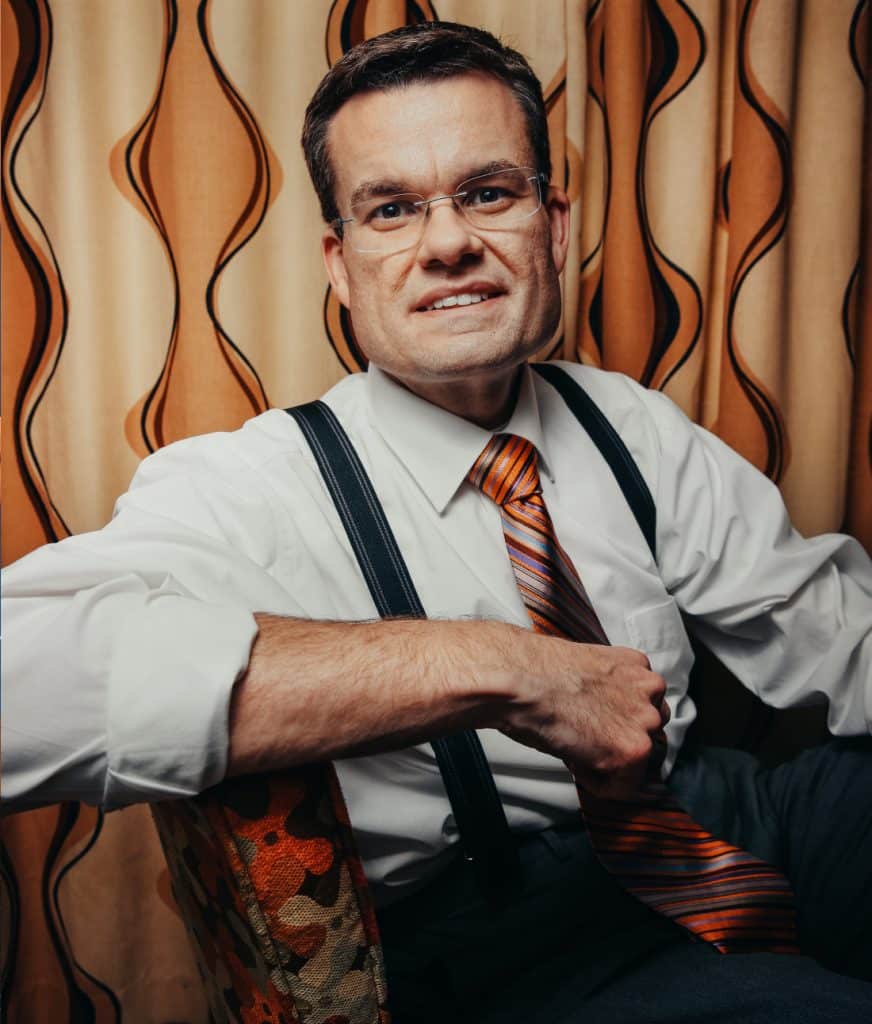

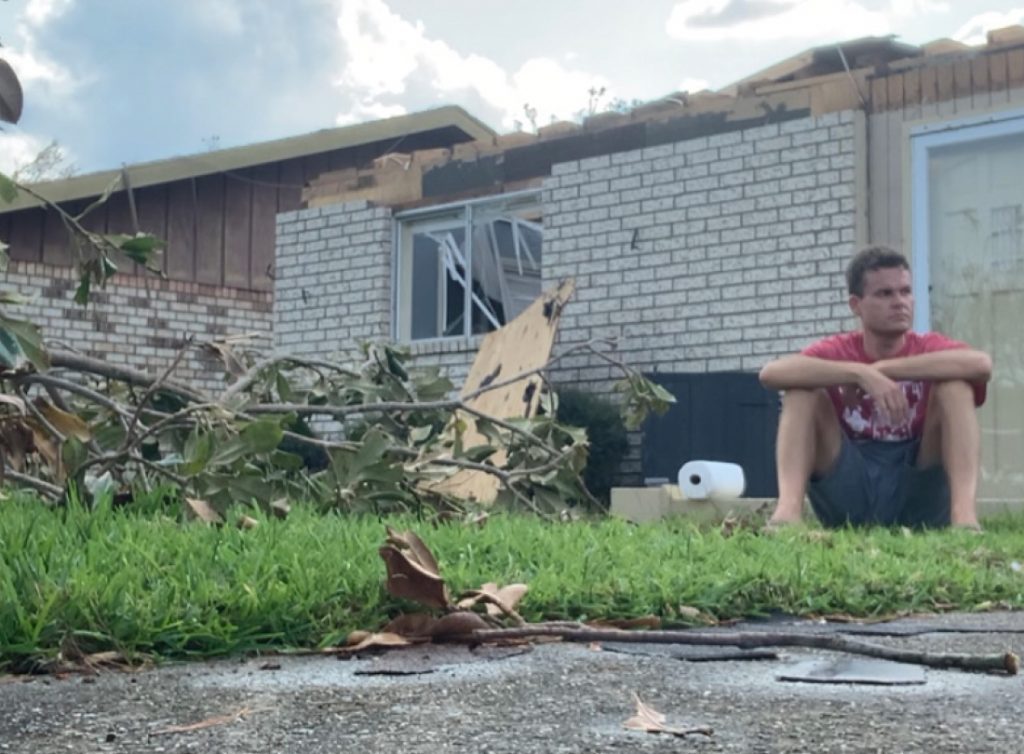

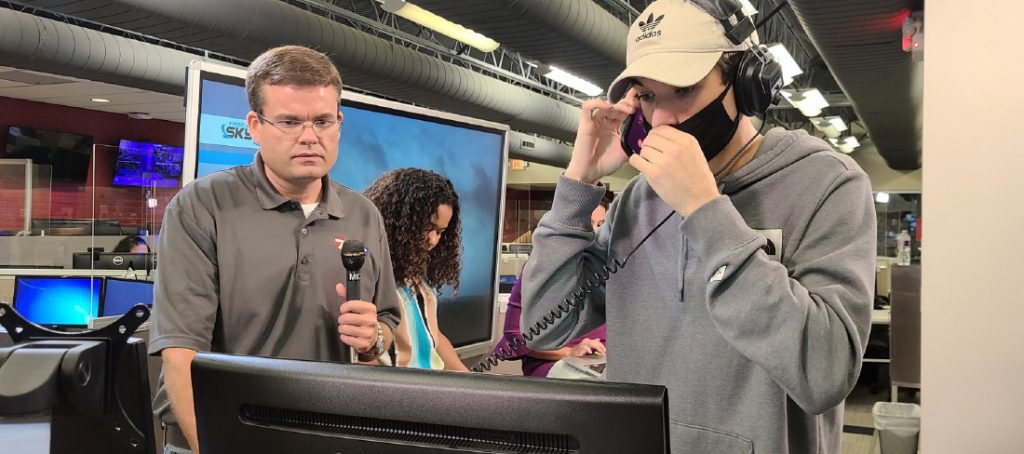


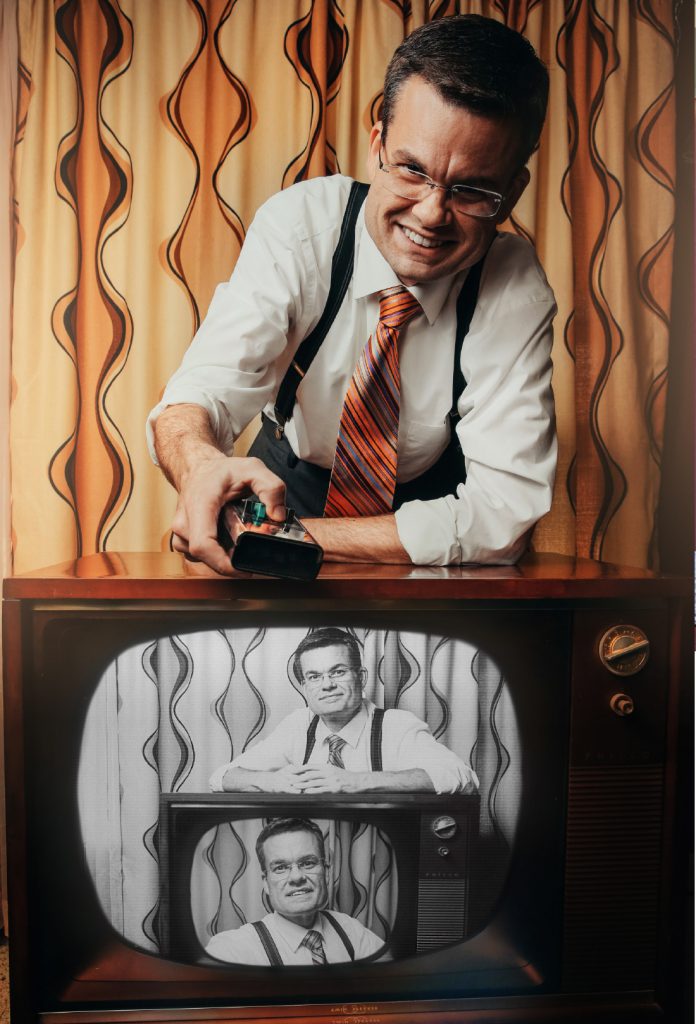











Comments are closed.